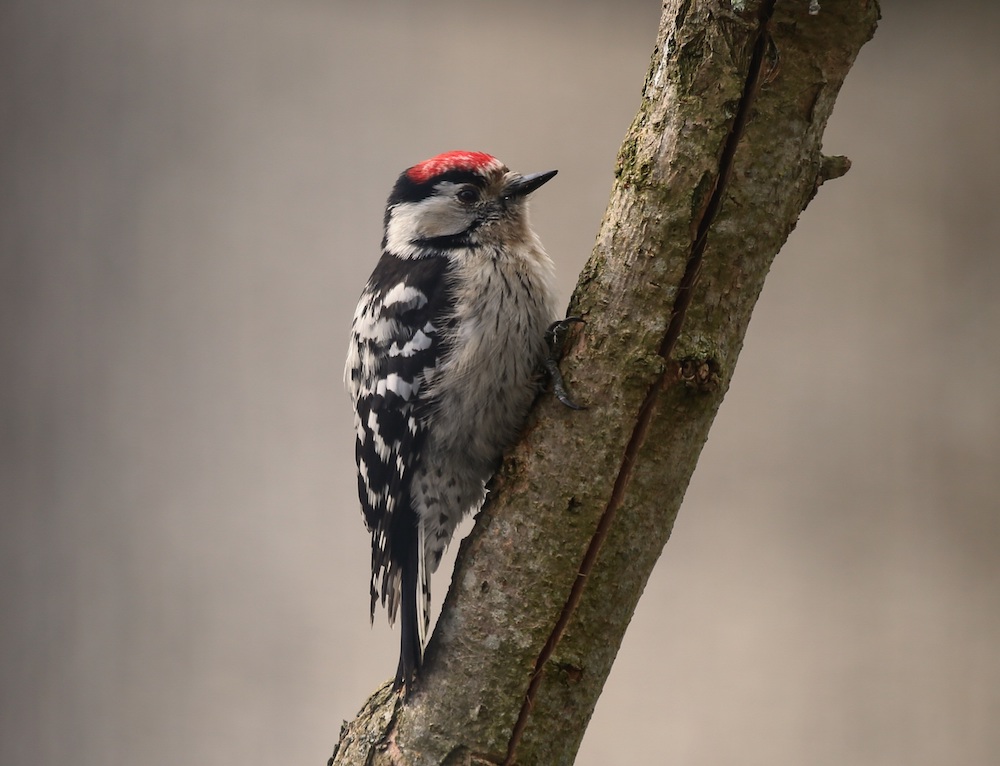Population trends and fluctuations in Swedish woodpeckers
DOI:
https://doi.org/10.34080/os.v2.22398Keywords:
census, point count, Picidae, Dendrocopos, Dryobates, Dryocopus, PicusAbstract
This is a quantitative study of population changes in four non-migratory woodpeckers in Sweden. Data were collected during five periods from late autumn to spring and during the breeding season, mainly using point counts. Most analyses are based on the proportion of the routes (each with 20 points) with observation of the species in each year. From 1975 to 1991 there were no population trends in the Great Spotted and Black Woodpeckers, but decreases in the Green and Lesser Spotted Woodpeckers. The mean annual decrease was about 2% in the Green and 4% in the Lesser Spotted Woodpecker. There was no trend in winter weather over this period, and only for the Black Woodpecker we found associations between mild winters and numbers recorded. The Great Spotted Woodpecker population increased in years with a high spruce seed supply. In southernmost Sweden frequency of observation was higher for the Green and, in winter, for the Black Woodpecker than further north, while the reverse was true for the Great Spotted Woodpecker. No regional difference was found for the Lesser Spotted Woodpecker.
Downloads

Downloads
Published
How to Cite
Issue
Section
License
The copyright of each contribution belongs to the author(s), but all contributions are published under a Creative Commons license, so that anyone is free to share and reuse the contribution as long as the copyright holder is attributed.







